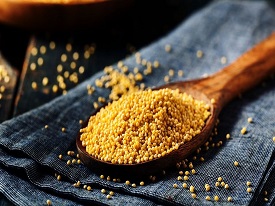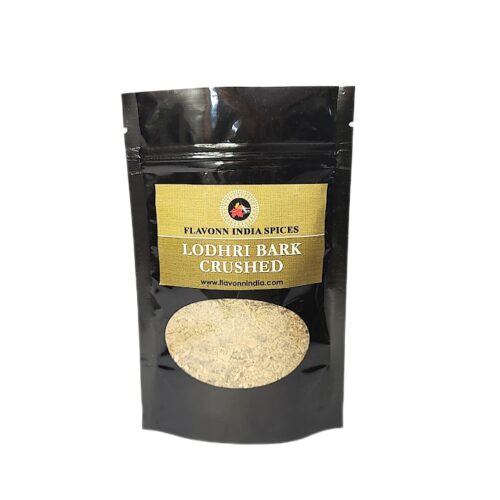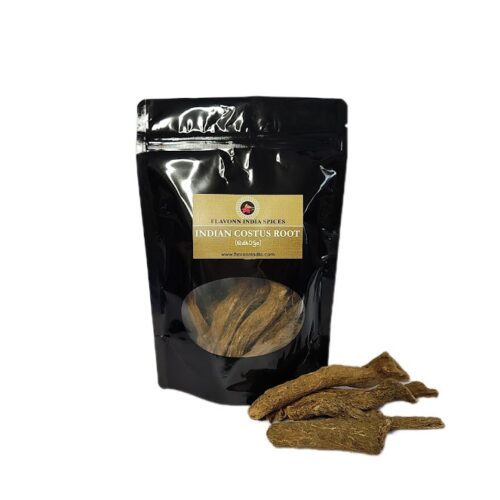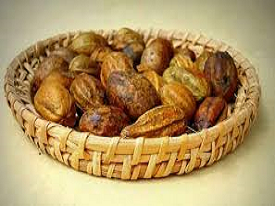- Free Shipping Above Rs 599
- +91 97392 34467
- flavonn@gmail.com

Karim Jeerakam| കരിംജീരകം|Kalonji|Black Seeds|Kala Jeera|Kappu Jeerige|Black Cumin seeds| |Nigella Seeds-100 gm
February 14, 2021
Kottam Sticks|കൊട്ടം|Kuth |Costus Root|Sassurea lappa| Kushta -50gm
February 15, 2021Chama Rice|ചാമ അരി|Little Millet|Kutki|Samai- 400 gm
Little millet or Chama Rice is very rich in dietary fibre and protein. In addition it is gluten free, has low glycemic index and has high antioxidant content. Millets are ideal for diabetics looking for an alternative grain to rice.These tiny grains are not only popular in India but the whole world. People widely use little millets in the USA for its nourishing and antioxidant properties
Little millet (Panicum miliare) is mostly consumed as rice. Any recipe made with staple rice can be prepared using little millets with similar taste. As these millets are smaller in size, they cook faster than rice and other millets. Little millets could be milled into flour for making roti, baked and fried items.The whole grains can be sprouted and used in salads. Dosa, upma, kichidi, tomato rice, lemon rice, curd rice, porridge, chakli, payasam, halwa and kesari are few traditional recipes prepared in different millet growing states in India.
Little millet contains magnesium.The presence of magnesium makes it an impenetrable shield against heart diseases; Vitamin B3 (niacin) in little millet helps lower cholesterol. Little millet is also a good source of phosphorus which, helps with fat metabolism, body tissue repair and energy production. It is rich in B- vitamins, minerals like calcium iron and zinc.
These are also rich in antioxidants like phenolic compounds, flavonoids, tannins, and polyphenols, which helps in keeping human bodies safe from ailments like cardiovascular diseases, cataracts, cancers etc.
Regional Names Of Little Millets:
Millets go by different names in different regions. Such as little millet in Hindi is called Kutki; in Marathi, it is called Sava; Gajro in Gujarati; little millet in Tamil goes by the name of samai, and little millet in Telugu is called samalu.
| Weight | 400 g |
|---|






Reviews
There are no reviews yet.